-
Content Count
380 -
Joined
-
Last visited
Content Type
Profiles
Forums
Gallery
Articles
Gun Dealer's and Fieldsports Shop's
Reloading Room
Blogs
Calendar
Store
Classifieds
Posts posted by Stephen unwin.
-
-
Howst new land Dan ar yer gerrin plenny off it lad
-
-
Excellent reading
-
15 minutes ago, Moocher71 said:
I was seeing real good numbers for a change round my way in spring and it was looking hopeful for once close to home but same farms have nothing now maybe see odd one ,desease and brock as they dug into every hedge row,bank side that held a rabbit .
plenty of hares about ,always find when rabbits do bad hare numbers seem to go up .
Old brock I believe is reason ar dales perm went shit when they moved in you'd look across one of the fields and there wer tufts of rabbit fluff stuck up out of their birthing nests where the pigs ad decimated every litter so same as you mate myxi the pigs buzzards stoats lost ferrets fox lurchers no wonder is it

-
 1
1
-
-
1 hour ago, nothernlite said:
Shotgun
Or at least know someone that as one
-
 1
1
-
-
9 hours ago, oddser said:Long read but a good one this guy knows his stuff
Michael Watts MRCVS
The month of August is generally a time of unbridled optimism among devotees of The Winter Game. With promising new saplings coming into training from the rearing farms and the hardy perennials shedding their summer fat in preparation for a return to the field, everyone’s glass is half full and their outlook rosy.
This year however a mighty spanner has been put in the works and a halt put to proceedings but the identification of a new disease in a hare from Co.Wexford. Now my education as a veterinary student was what they called a mile wide and an inch deep, touching on many things but not going into many of them in any depth.
The disease of rabbits might have got half a lecture in my Final Year, squeezed in among talk of sundry other small pets and what were ominously called laboratory animals. The diseases of hares and other wildlife were not even on the curriculum. You can fool some of the people all of the time, and all of the people some of the time, so the old saying goes. I will buy that.
With the coming of the internet and search engines it has never been easier to pass yourself off as an expert on some obscure and esoteric subject. Nothing ventured, nothing gained, faced with the prospect of an epidemic of serious disease in our native Irish Hares, it was time to put the kettle on, crank up the P.C. in my office, start surfing the net and separating the wheat from the chaff.
A new disease of the European Rabbit – the familiar rabbit of the Irish and Irish countrysides and also the species domesticated as a pet and farmed for its meat or fur -was first observed in 1984 in the Jiangsu Province of the People’s Republic of China. The animals affected were Angora rabbits which had been imported from Germany. Like me you are probably more than somewhat surprised to learn than rabbits traversed the globe to this extent. It certainly potentially complicates attempts at controlling infectious disease in this species.
The disease observed in these farmed rabbits was highly contagious, spreading rapidly from one rabbit to the next until the outbreak had spread over an area some five million hectares. It was also highly lethal, killing an estimated one hundred million rabbits in China in less than twelve months. The first European outbreak of Rabbit Haemorrhagic Disease [RHD], as the condition came to be known, was identified in Italy in 1986.
Outbreaks occurred in wild rabbits in Spain in 1988 and in Portugal in 1989 causing massive reductions in the population not only of rabbits but also of the many predators for whom the rabbit is an important prey species and food source. Rabbits are central to many wild ecosystems, being the main food for many apex predators from stoats to eagles that in turn regulate other animal population. Since that time RHD has become endemic in many parts of Europe. The first case of RHD in the United Kingdom was confirmed in pet rabbits in 1992 and from them spread to wild populations. In 1995 there may have been over five hundred cases of the disease in the U.K. In the same year the first case of RHD was confirmed in a rabbit in Ireland.
It took some time for scientists to identify the cause of this disease because it is often difficult to culture the virus involved from post mortem tissues samples but in the early 1990s it was confirmed that the culprit was a virus of the Caliciviridae family. The groups into which viruses are classified do not alas often have straightforward English names which are easy to get your tongue around. Caliciviruses are named from the Latin word for cup, because when viewed by electron microscopy they bear a passing resemblance to one. Viruses are generally very small, and caliciviruses are particularly so.
The virus which causes Rabbit Haemorrhagic Disease, which appropriately enough is called Rabbit Haemorrhage Disease Virus or RHDV is typically around 35-40 nanometres in diameter, and so it takes electron microscopy to image it. Closely related to RHDV in terms of the size and shape of the virus, the nature of the disease it causes, antibody responses to infection and mortality rates is the virus that caused European Brown Hare Syndrome, a disease first seen in both Brown Hares (Lepus europaeus) and Blue Hares (Lepus timidus) in Sweden in the early 1980s before RHD reared its ugly head. The two viruses may be closely related, and similar in many ways, but so far disease caused by one is confined to rabbits and the other to hares without any crossover.
Rabbit Haemorrhagic Disease can spread quickly. In Australia where rabbits were introduced from Europe and are generally regarded as pests which compete with sheep for scarce grazing, the authorities deliberately introduced the virus under carefully controlled conditions to control the rabbit population on Wardang Island in Spencer Gulf, South Australia in 1991.
Whether spread by insect vectors or simply borne on the wind, the disease reached the Australian mainland in 1995 It then spread at a rate of 50 kilometres per week and killed around 95% of the rabbits in its path. Rabbits can be infected with RHD through direct contact with an infected animal< The virus can enter the body through the mouth, nose or the conjunctiva of the eye. Affected animals may shed live virus particles in their urine, droppings or respiratory secretions. Rabbits carrying the virus may remain infectious for up to a month depending on weather conditions.
Sometimes the virus only persists in the environment for as little as two days. In other situations it has been demonstrated to survive for two hundred days or more. Climate appears to play a crucial role in the transmission of RHD. Most outbreaks of RHD occur in winter or spring. High temperatures in late spring and summer will considerably reduce the spread of the virus. An infected carcass or hairs from an infected animal may also transmit RHD as may the clothing of those working with infected rabbits, contaminated food, cages, bedding, feeders and water. Flies, fleas, and mosquitoes can also spread the virus between rabbits.
The incubation period, which is to say the time that elapses between a rabbit coming into contact with the virus and it first showing signs of disease, is as short as between one and three days. . Most affected rabbits are dead within twelve to thirty-six hours after first falling ill. In some instances affected rabbits may die suddenly without first showing signs of disease. In less acute cases, affected animals are depressed and stop eating. Some show neurological signs like an unsteady gait, paralysis or a backwards arching of the neck.
Respiratory signs, like laboured breathing and a bloody foamy discharge from the nose, are less frequently observed. In the last states of the disease affected animals may exhibit unusual behavior, emerging from cover into the open and convulsing or fitting before dying. In a minority of rabbits the course of the disease is much more protracted, affected animals developing jaundice and surviving for one or two weeks. A very small number of these pull through and survive. These develop lots of antibodies against RHDV and are presumably immune to further attacks of the disease. Disease in rabbits under eight weeks of age is rare.
A new strain of Rabbit Haemorrhagic Disease Virus distinct from both RHDV1 and the European Brown hare Syndrome Virus, was identified as the cause of an outbreak of disease in domestic rabbits in France in April 2010. This RHDV2 virus had spread to both Spain and Italy by 2011. The diseases it causes differ significantly from that caused by RHDV1. In Spain signs of disease were observed in rabbits just eleven days old, in contrast to the classic RHD which normally only occurs in animals over eight weeks of age. In Italy not only was disease seen in rabbits, but deaths also occurred in an Italian Hare (Lepus corsicanus) and Sardinian Cape Hares (Lepus capensis mediterraneus). Furthermore in both countries the post mortem examination of Brown Hares suspected of succumbing to European Brown hare Syndrome demonstrated that they too had died from RHDV2 infection.
The new virus had reached Portugal by 2012 and had spread to northern Europe the following year. Closer to home, following the deaths of a number of pet rabbits on a premises in Co.Cork in 2016 the carcase of a two-year-old animal that died suddenly was submitted to the local Regional Veterinary Laboratory for post mortem examination. Findings on gross examination were unremarkable but microscopic examination of tissue samples revealed changes in the liver suggestive of RHD. A Polymerase Chain Reaction test, which identifies the DNA of the virus involved and this is generally pretty much conclusive, confirmed the presence of RHDV2 virus When compared with the “classic” disease caused in rabbits by RHDV1, that caused by RHDV2 is generally less severe.
Mortality is very variable with death rates of between 5% and 70% being reported in different outbreaks. Assessing the level of mortality in an outbreak of disease wild populations of any species is of course far from easy. The course of the disease is usually very acute, although subclinical and chronic cases are frequently observed. Clinical signs are non-specific, such as loss of appetite, lethargy, nervous and respiratory symptoms. It affects both adults and young rabbits. More significantly from our point of view it can affect hares.
Researchers in England investigating deaths in hares in England since September 2018 have identified RHDV2 as one of the causes of recent deaths in Brown Hare populations following reports of sick and dead hares from members of the public.in Essex and Dorset.
In Ireland the disease was reported from domestic rabbits in 2018, but has now been confirmed in the wild in rabbits found in Co. Wicklow, Co. Clare and a rabbit and an Irish hare from Co.Wexford. In all cases individual animals were tested at Department of Agriculture, Food & Marine Laboratories where RHD2 was subsequently confirmed. While all three locations continue to support apparently healthy wild populations, unlike the situation in the UK where mass mortalities have been reported, National Parks & Wildlife Service Conservation Rangers are continuing to monitor the situation.
What can we do to protect hare stocks, already under pressure from the intensification of agriculture, poaching and creeping urbanisation, from this new scourge? Clearly a disease which can prove fatal within a day is never going to be easy to treat. The course of the disease is so rapid that you are on the back foot from the outset. There are also few drugs which specifically kill viruses. Antibiotics are ineffective.
In practice opportunities for the treatment of affected animals are unlikely to present themselves There is a commercial vaccine on the market which can be used to protect pet and farmed rabbits but the vaccination of free living hares is not generally a practical proposition. Landowners should report finding dead hares to the appropriate local veterinary authorities for post mortem examination.
Beyond that all you can do is cross your fingers if you are superstitious, or pray if you are into that kind of thing.. It is a salutary thought that the only country to successfully eradicate the disease after an outbreak is Mexico one of the few countries which does not have an indigenous wild European Rabbit population.Quick Reply
Good read mate very worrying for the largamorph population and ar sport
-
1 hour ago, Black neck said:
Bad news brother still clear of it here for now and the new place far as can see but expect it'll show up at some point
Its third bout this summer the babies keep building up an it looks optimistic then bang
-
 1
1
-
-
5 hours ago, MH1 said:
My dog still wouldn't be able to catch it
Catch it bud mine wunt be able to see it
-
 2
2
-
-
Me new stock totally ruined
-
-
7 hours ago, poxon said:
Cheers fella
 I don’t need no bull blood for my personal needs the dam & sire to the white un managed just fine with out it An the pups dam an sire done the same I like the old style stuff that’s used for a manner of different tasks I’ve nothing against bull blood but it just don’t work for me
I don’t need no bull blood for my personal needs the dam & sire to the white un managed just fine with out it An the pups dam an sire done the same I like the old style stuff that’s used for a manner of different tasks I’ve nothing against bull blood but it just don’t work for me
My pup that starts this season as both bull n Wheaton if it dunt work out all be going back to collie whip grey lines
-
 1
1
-
-
18 minutes ago, Black neck said:
Feckin infected !!!! U pig
Be reyts D it's like a feckin epidemic bud
-
On 02/08/2019 at 13:53, poxon said:
Cheers fella
 Mix of collie greyhound whippet/greyhound deerhound x bedlington greyhound on both sides of the breeding. Should do me lovely
Mix of collie greyhound whippet/greyhound deerhound x bedlington greyhound on both sides of the breeding. Should do me lovely
Good ingredients if I may say so mesen. Meks a change to see summat not infected wi bull or such like
-
 3
3
-
-
-
-
1 minute ago, Daniel cain said:
ashamed to say I once had the same hair cut


Awesome DC love it
-
 1
1
-
-
1 minute ago, fred90 said:
there you go again anybody who wants to catch rabbits will empty your diesel tank and take a hilux and jcb bucket. wake up to the fact that it's the same cnuts that burgle houses and steal in towns are doing it to you in the countryside. Real dog lads and poachers won't cause any problems.
I know that bud and most farmers do am just saying why their paranoid
-
 1
1
-
-
54 minutes ago, frenchyshane said:
the
The one and only
The one and only was Chesney Hawkes lol
-
 3
3
-
-
On 01/08/2019 at 19:35, Black neck said:
You know what I mean if it wernt gerrin farmed it get built on
FACT


Too true D
-
On 27/07/2019 at 11:09, fred90 said:
you say its easily avoided?.majority of farmers and land owners are miserable bxxxtards who won't let anyone near there land. they veiw everything with suspicion. it's near impossible to get permission poaching is the only way if you want to go
All tell yer why their miserable suspicious b*****ds coz some slags a few weeks ago emptied ar diesel tank nicked the hilux and a jcb bucket. Think that,d probably mek you the same
-
 1
1
-
-
15 hours ago, Daniel cain said:
Had a few hrs yesterday evening fishing the river.....had a call off the wife flapping like f**k ..young dog is swelling up needs the vets
 this is 9:30 at night
this is 9:30 at night sent me some pictures of her.
sent me some pictures of her.
Any road I thought it's a bee sting so told wife to give her 2 piritin tablets ........got home at 12:30 am and thank f**k she was back to normal
 so saved a few quid.maybe now she stop trying to catch every f***ing fly,wasp and bee and leave well alone....neally went through the new telly when a fly landed on the screen the other week
so saved a few quid.maybe now she stop trying to catch every f***ing fly,wasp and bee and leave well alone....neally went through the new telly when a fly landed on the screen the other week
heads up if you got a dog as thick or young pups into everything

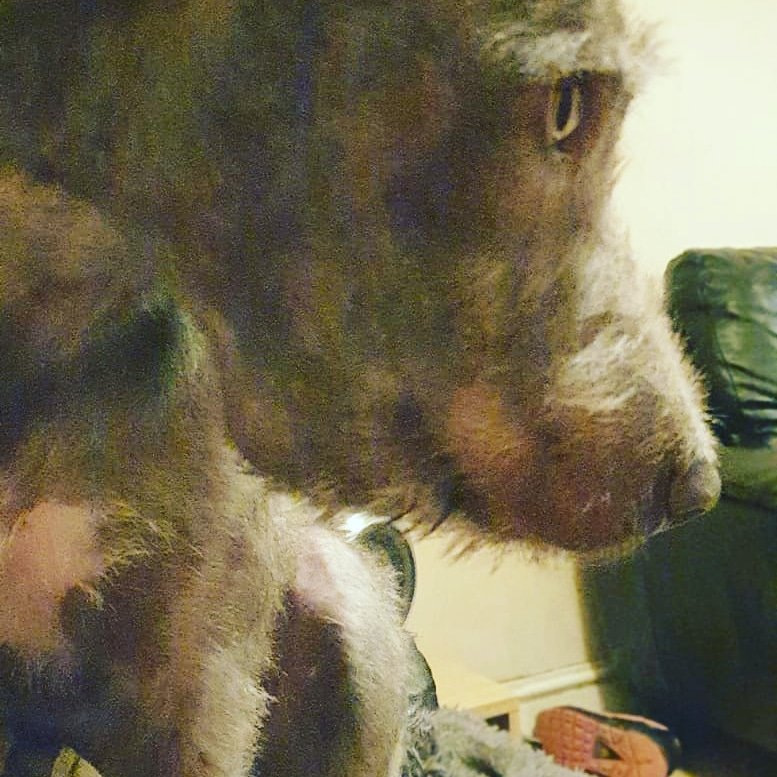
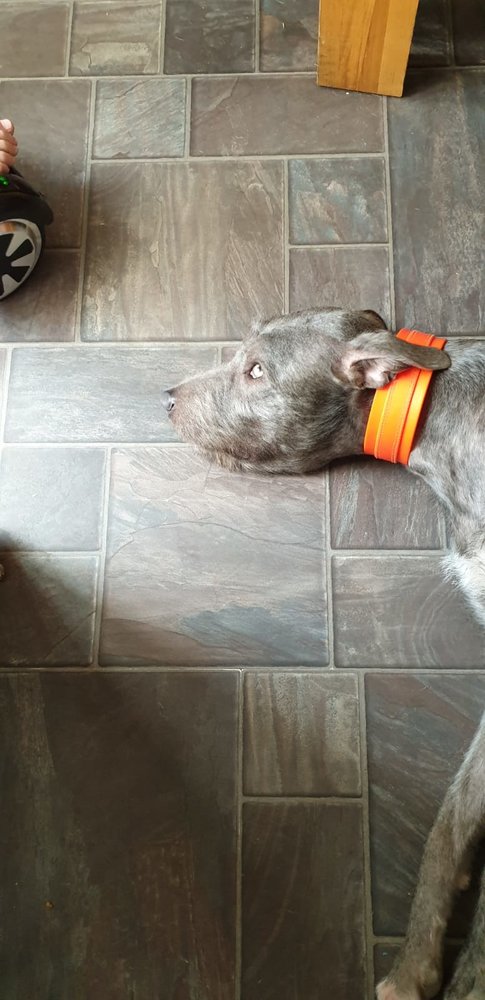
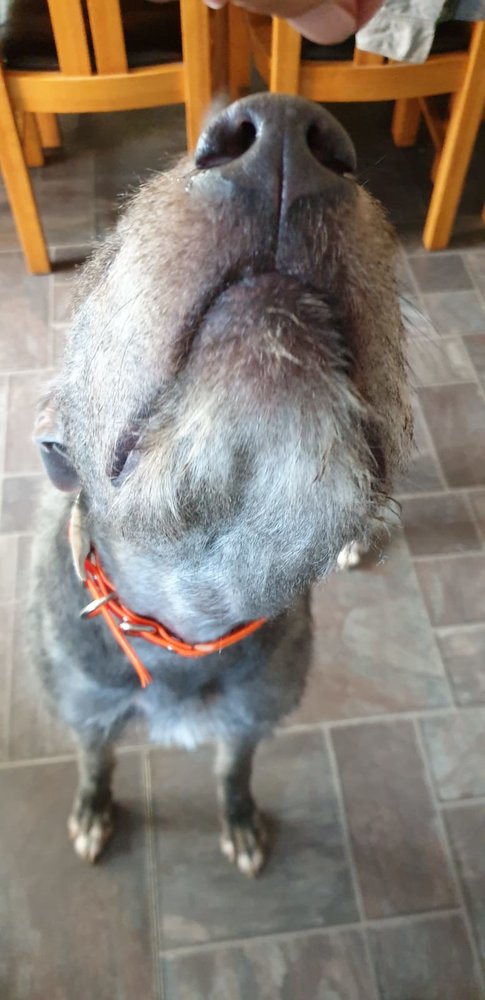
My last dog was the same and never learnt often seen spitting wasps or bees out
-
3 hours ago, Dlou said:
Def owners fault with this, dog was off lead but shouted he's better with dogs off lead than on (wtf?) , he only called it [BANNED TEXT] I was shouting at him to get it on lead but kicked it to get him off my pup got literally 7-8ft down the path n let it off again- that was after he ran off coz I told him I wanted his details coz he can pay vets bills..... weren't a young kid either, he was at least 45....
 hoping this will be dominance rather than that but time will tell
hoping this will be dominance rather than that but time will tell
Sounds like most staffie owners from where I'm from
-
51 minutes ago, Busher100 said:
Nice dog mate how's it bred?
Sal bull grey x wheat deerh grey hes a very clever pup hope he uses it when he starts this yr
-
 1
1
-
-
17 minutes ago, Daniel cain said:
my young WBG bitch Teal,looking forward to some nights out on the lamp and days with the terriers this coming season....she pick up where we left it and i will be happy......she's keeping my ferret Kitts in fresh meat and catching rabbits local (not an easy task)she's around 25/26 tts and filled out nicely

That's a sweet looking bitch that DC
-
 1
1
-



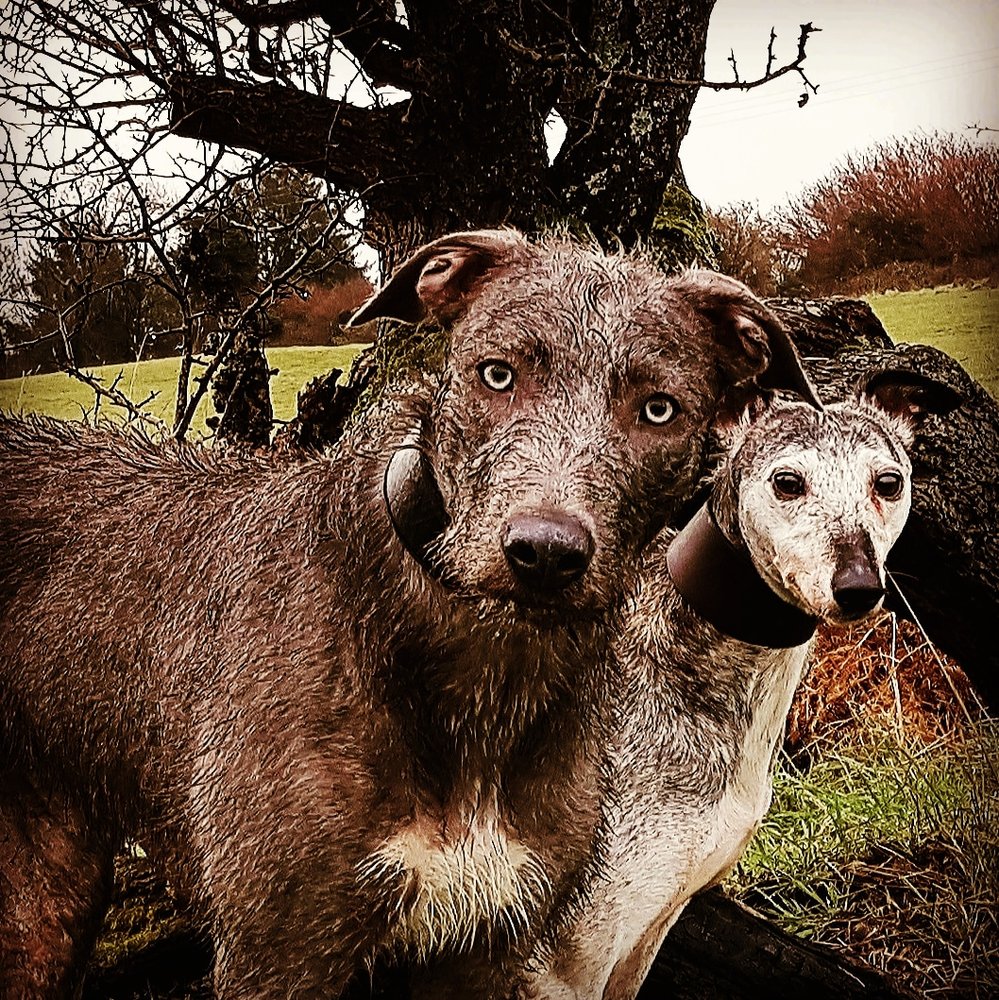
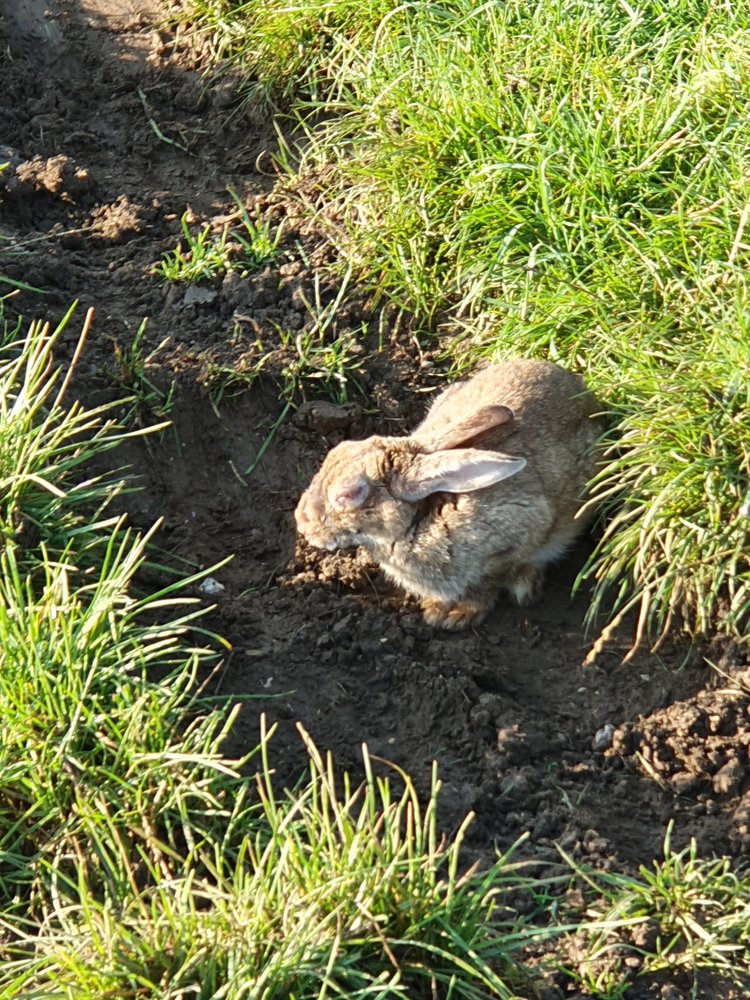

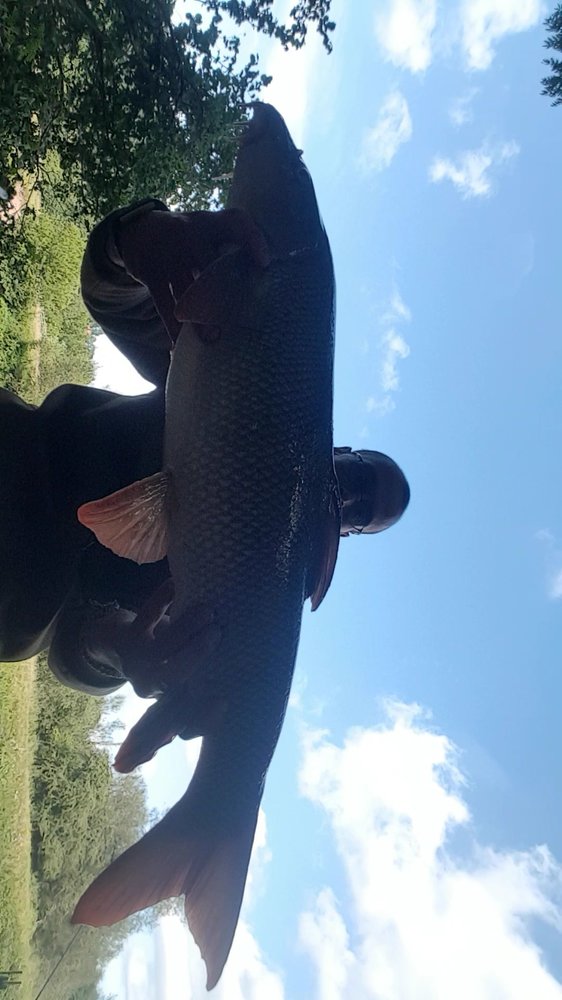
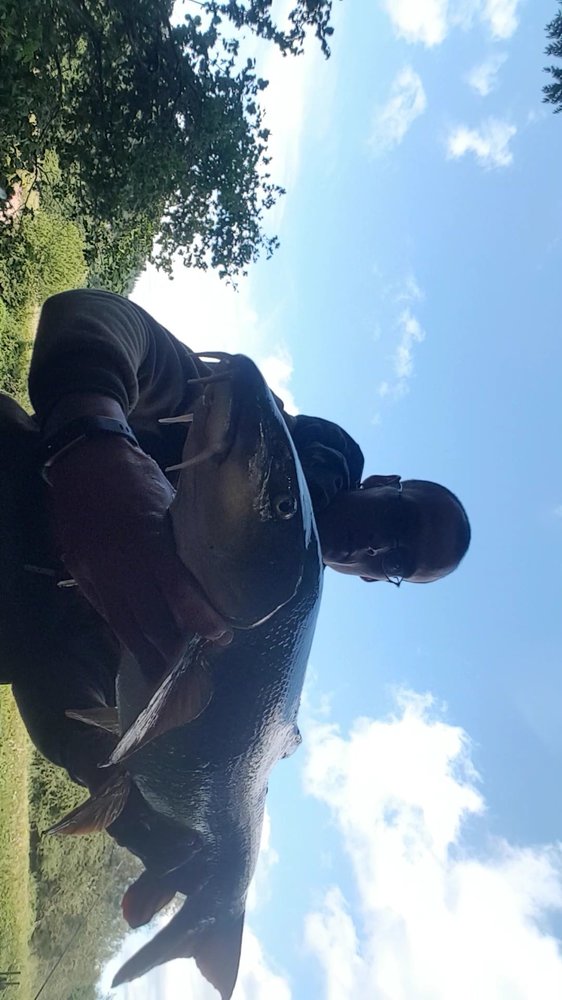

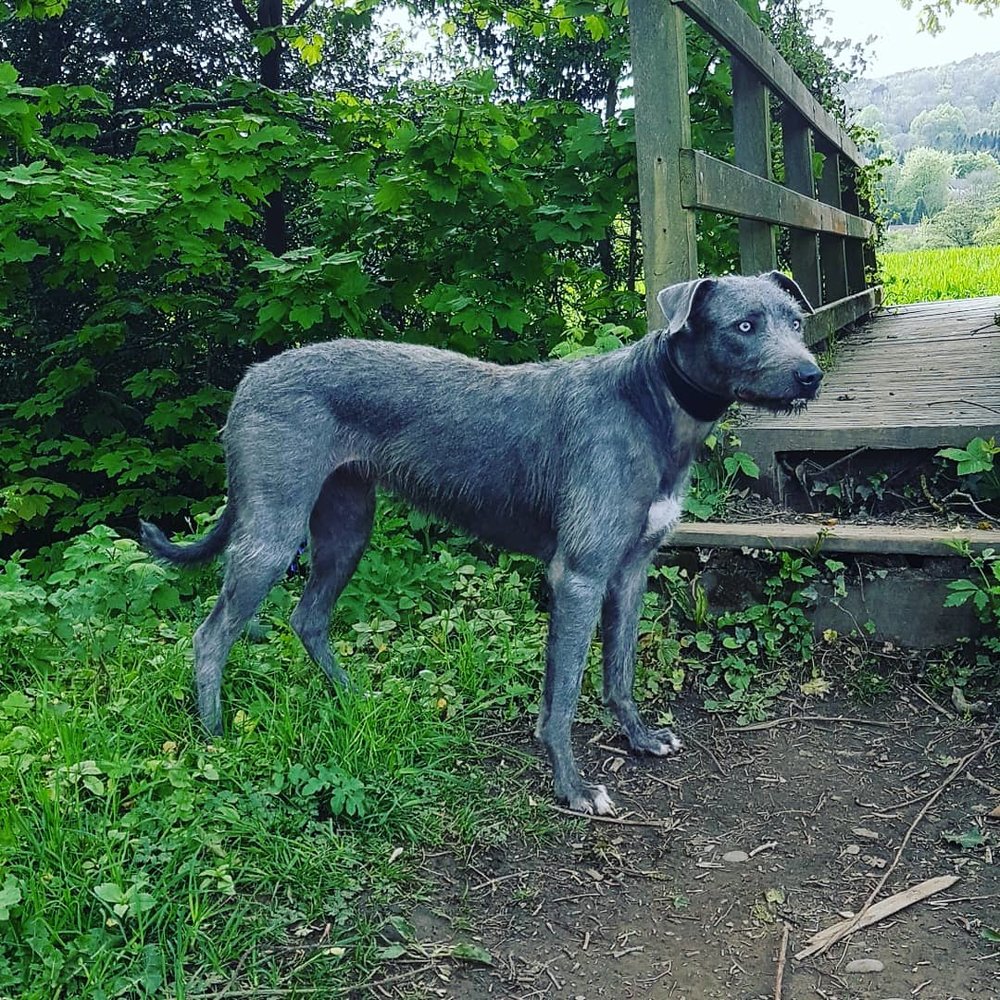
Let’s see your collie greyhounds
in Lurchers & Running Dogs
Posted
Had one of them best dog I've owned he,d do owt he was pointed at and could find his own stuff an all